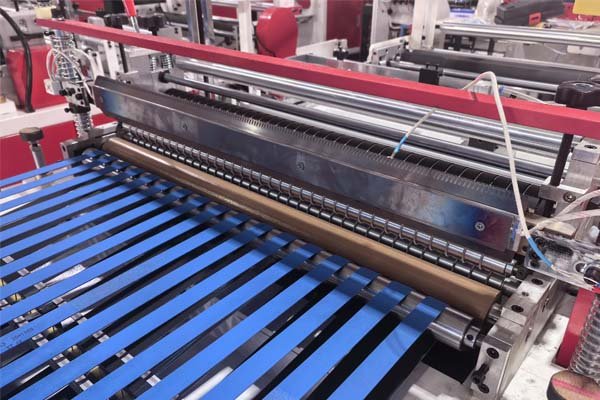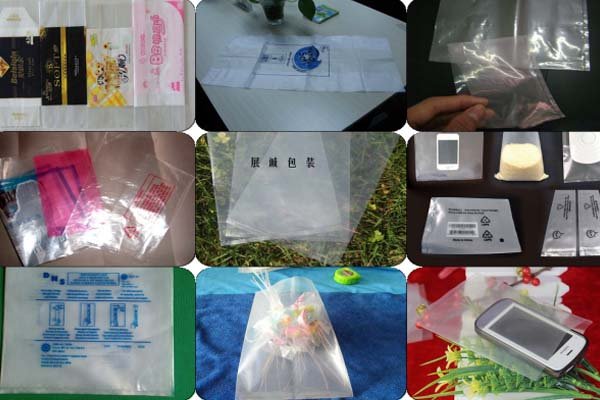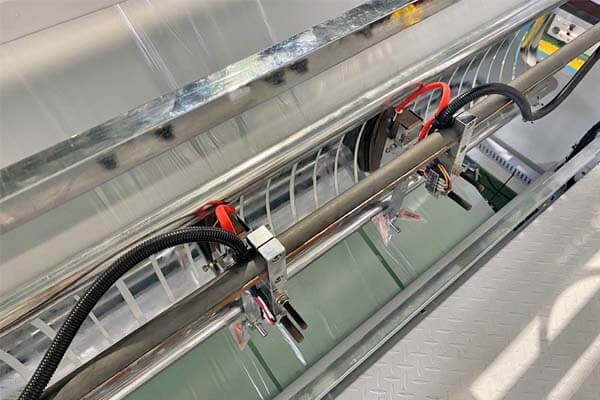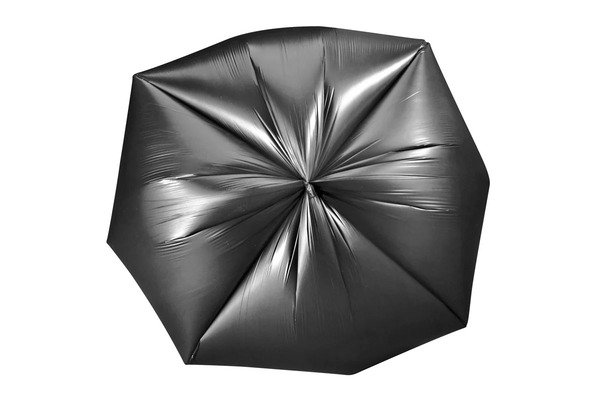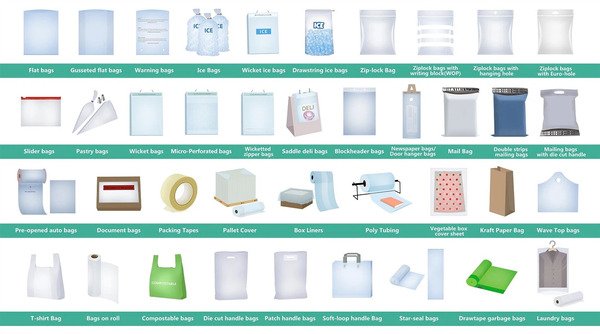
Flat bag making machines come in several types, and selecting the right one depends on specific production needs. A wrong choice can lead to lost time and added costs.
These machines are typically categorized by drive system1 (standard vs. servo), production speed (regular vs. high-speed), and bag structure (bottom seal, bag-on-roll, punched, or gusseted). Each type is optimized for different manufacturing requirements.
Understanding these categories helps businesses match machine capabilities to operational goals. The drive system impacts precision and energy efficiency. Production speed affects output volume. The structural features determine which bag types can be produced.
This guide provides a breakdown of machine types, their functions, and their ideal applications, aimed at helping businesses make informed decisions.
What Is a Flat Bag Making Machine?
A flat bag making machine automates the process of sealing and cutting plastic film into basic, two-dimensional bags. These bags are sealed at the bottom and open at the top, with no integrated handles.
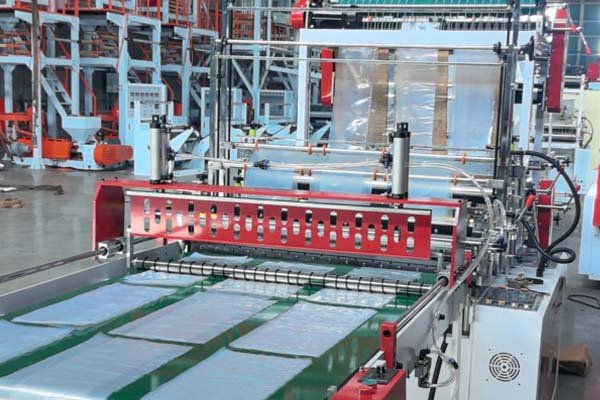
Key Characteristics of Flat Bags
Flat bags are simple packaging solutions made by sealing three sides of a plastic film, leaving one side open. They are widely used for packaging food, small parts, and other lightweight items due to their simplicity and cost-efficiency.
Comparison with Other Bag Making Machines
| Machine Type | Key Feature | Common Bag Type | Main Difference |
|---|---|---|---|
| Flat Bag Machine | Bottom seal | Food bags, parts bags | No handles; sealed at bottom only |
| T-Shirt Bag Machine | Handle shaping | Grocery bags | Forms integrated T-shirt style handles |
| Side Seal Bag Machine | Side sealing | Courier, bread bags | Side seams instead of bottom |
Commonly Used Materials
- LDPE: Flexible, clear, suitable for food packaging.
- HDPE: Rigid and strong, used for heavier products.
- PP: Clear with a high melting point, ideal for sterilized items.
- PLA (Biodegradable): Used for eco-friendly packaging.
Classification of Flat Bag Making Machines
Flat bag machines are classified by drive type, speed, and bag structure2 features.
Classification by Drive System
- Standard (Mechanical): Uses a single motor and mechanical components. Affordable and reliable for basic operations.
- Servo Drive: Uses individual servo motors for each function. Offers higher precision, energy efficiency, and quieter operation.
Classification by Output Speed
- Regular Speed: 80–150 bags per minute. Suitable for small to mid-size operations.
- High-Speed: 200–300+ bags per minute. Suitable for industrial-scale production.
Classification by Bag Structure
- Bottom Seal: Basic flat bags.
- Bag-on-Roll: Perforated bags that can be torn off a roll.
- Punched: Includes holes for hanging or ventilation.
- Gusseted: Includes side folds for more internal volume.
Overview of Major Machine Types
BagMec® offers a range of machines tailored for specific use cases, from basic models to high-speed, precision systems.
Key Machine Types
- Standard Bottom Seal Machine: Suitable for non-printed, general-purpose bags.
- High-Speed Flat Bag Machine: High-volume production with servo control.
- Bag-on-Roll Machine: Includes perforation and winding units.
- Heavy-Duty Machine: Designed for thick films and high-strength requirements.
- Flat Bag Machine with Punching: Adds hole punching capabilities.
- Printed Film Machine: Uses sensors and servo motors for print alignment.
- Gusseted Machine: Adds gussets to expand bag volume.
Matching Machine Types to Bag Applications
Different bag types require different machines.
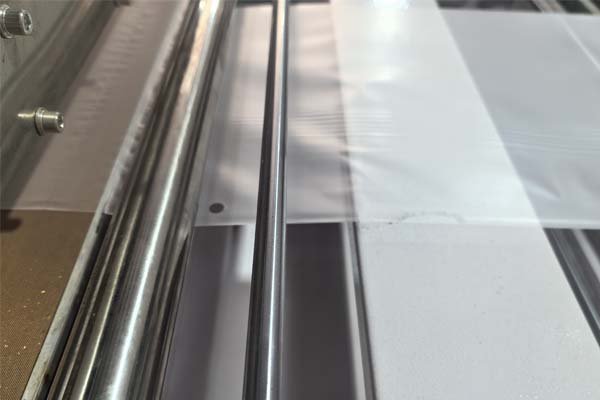
Matching Features to Needs
List your required bag features (e.g., hole punching, thickness, print alignment) to determine the necessary machine specifications.
Reference Table
| Bag Type | Required Features | Recommended Machine Type | Common Applications |
|---|---|---|---|
| Simple Food Bag | Bottom seal | Standard Bottom Seal Machine | Food, Agriculture, Retail |
| Produce Bag Roll | Perforation + winding | Bag-on-Roll Machine | Grocery stores |
| High-End Retail Bag | Print alignment | Servo Precision Machine | Fashion, Electronics, E-commerce |
| Construction Bag | Thick film, strong seal | Heavy-Duty Machine | Building materials |
| Hang Hole Bag | Punching capability | Machine with Punching | Hardware, Toys |
| Bread Bag | Side gussets | Gusseted Machine | Bakery, Food Production |
Case Studies
- Produce Bags (USA): High-speed Bag-on-Roll machine, 200 rolls/hour.
- E-commerce (India): Basic bottom seal3 machine for HDPE film.
- Construction Packaging (Germany): Heavy-duty machine for thick, durable bags.
How to Select the Right Machine
Choosing the right equipment depends on product specs, volume, and budget.
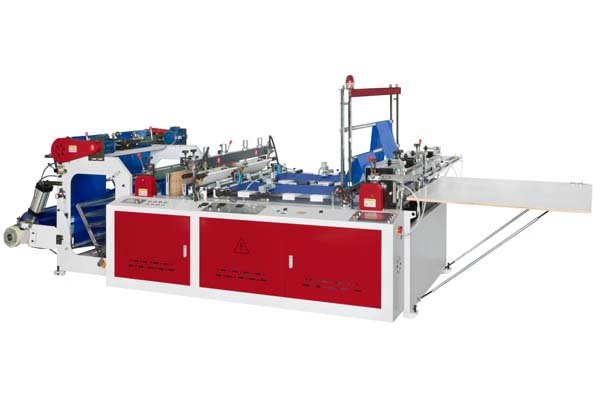
Key Considerations
- Bag Dimensions: Minimum and maximum width/length.
- Material Type: LDPE, HDPE, PP, or compostable films.
- Production Needs: Bags per hour or day.
- Special Features: Punching, gusseting, printing.
- Automation Level: Fully automatic vs. semi-automatic.
- Budget Constraints: Consider both purchase and operational costs.
Small vs. Large Production
- Small-Batch/Startups: Semi-automatic machines ($4,600–$7,200) are cost-effective.
- Large-Scale Production: High-speed, servo-driven machines offer long-term savings and efficiency.
Recommended System Configurations
BagMec® provides full system integrations4 to streamline operations.
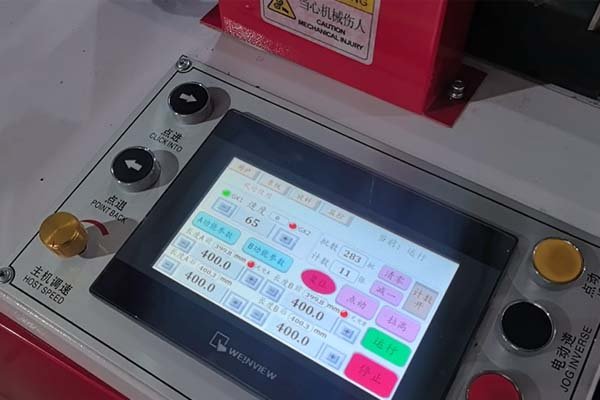
Common Line Setup
- Film Blower: Produces film rolls from raw materials.
- Printing Press (Optional): For branded packaging.
- Bag Maker: Converts film into finished bags.
- Attachments: Punching, gusseting, perforation as needed.
- Stacking Conveyor: Collects finished bags for packing.
Customer Examples
- Germany: Servo machine with stainless steel for hygiene compliance.
- India: Compact side-seal unit for startup e-commerce.
- Mexico: Sterile chamber customization for medical supplies.
Services and Support
- Customization: OEM/ODM options available.
- Logistics: Global delivery with multiple trade terms.
- After-Sales Support: Includes remote diagnostics and installation help.
Conclusion
Selecting the correct flat bag making machine affects every part of the production process. By analyzing product specs, materials, production volume, and special features, businesses can identify the right machine for their needs.
BagMec® provides tailored consultations and turnkey solutions to help streamline packaging operations. Free quotes are available within 48 hours.
-
Learn how different drive systems impact the efficiency and precision of flat bag making machines. ↩
-
Understand the various bag structures and how they influence the choice of machine. ↩
-
Learn about the bottom seal feature and its significance in producing flat bags. ↩
-
Explore how system integrations can streamline operations and improve efficiency. ↩

